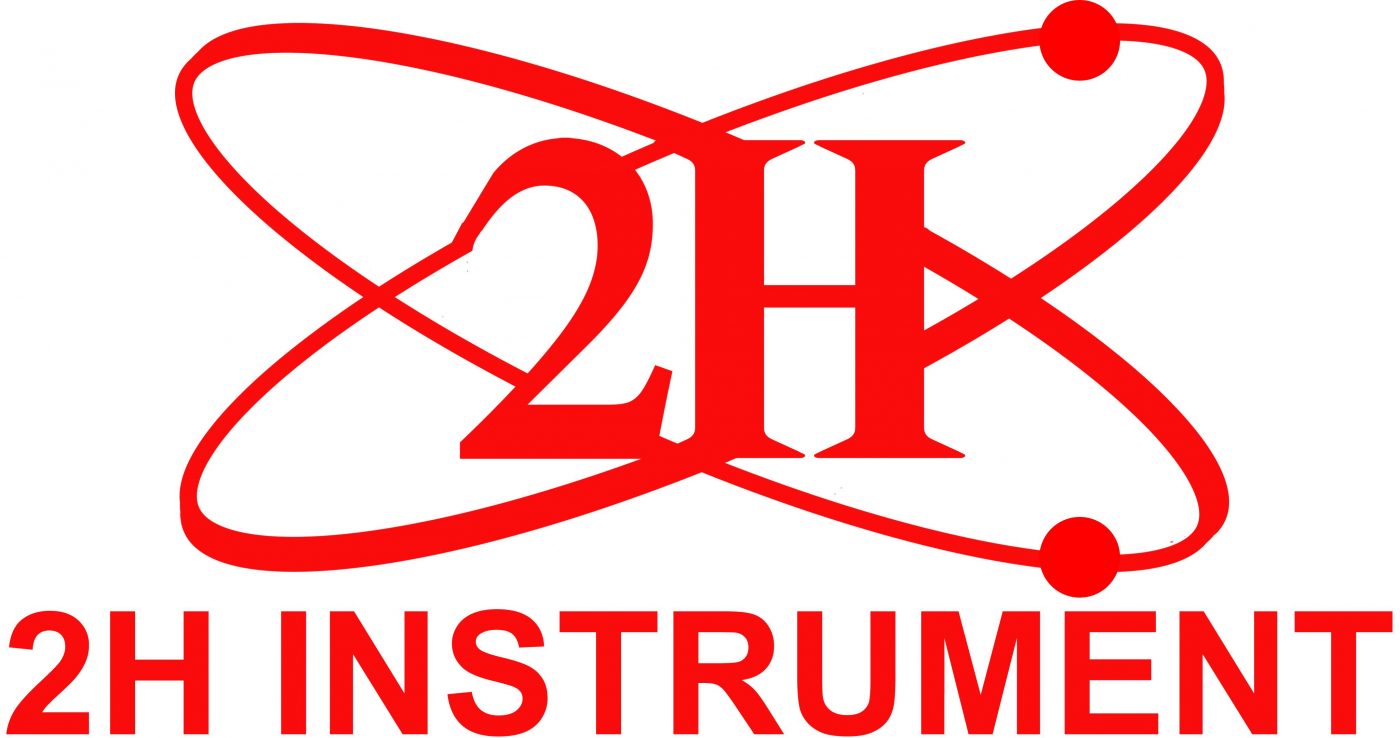Chưa có sản phẩm trong giỏ hàng.
Tin tức, Công nghệ & sản phẩm mới, Khoa học và đời sống
Nuclear Magnetic Resonance Spectrometer (NMR)
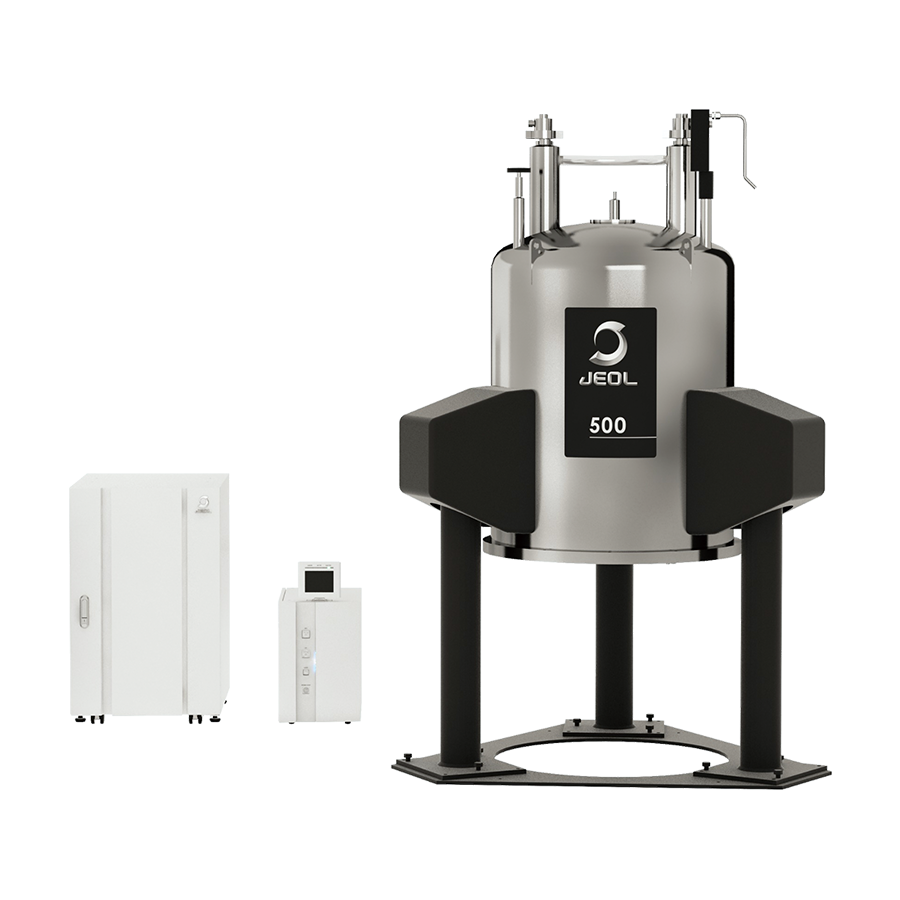
NMR Basics for the absolute novice
NMR is an abbreviation for Nuclear Magnetic Resonance. An NMR instrument allows the molecular structure of a material to be analyzed by observing and measuring the interaction of nuclear spins when placed in a powerful magnetic field.
For the analysis of molecular structure at the atomic level, electron microscopes and X-ray diffraction instruments can also be used, but the advantages of NMR are that sample measurements are non-destructive and there is less sample preparation required.
Fields of application include bio, foods, and chemistry, as well as new fields such as battery films and organic EL, which are improving and developing at remarkable speed. NMR has become an indispensable analysis tool in cutting-edge science and technology fields.
NMR instrument composition
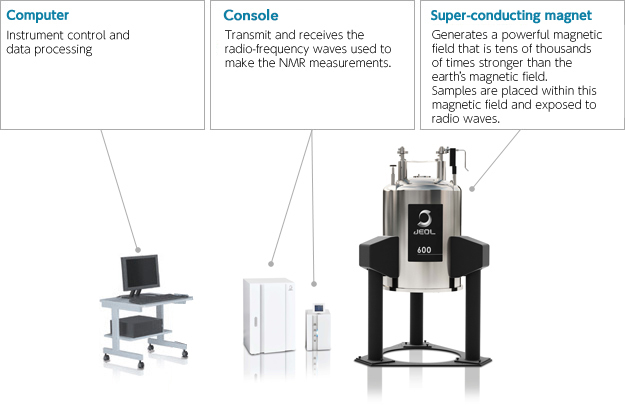
Principles of nuclear magnetic resonance (NMR)
When a nucleus that possesses a magnetic moment (such as a hydrogen nucleus 1H, or carbon nucleus 13C) is placed in a strong magnetic field, it will begin to precess, like a spinning top.
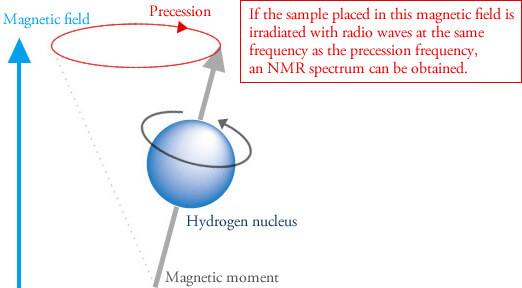

The steps below detail the process of obtaining an NMR spectrum of a molecule of interest. This overview is intended as a simplified look at NMR technology and theory in helping to answer the question: “What is NMR?”
1. Sample and Magnet

Samples are placed in a “probe” which positions the sample precisely in a strong magnetic field that is generated by the superconducting magnet. Both solid and liquid samples can be analyzed using NMR. However, most samples are those dissolved in a solvent; sometimes a deuterated solvent is used. (A sample holder depicted here shows the holder with an NMR tube holding a liquid solution of the dissolved sample.) Each NMR active nucleus in the sample has its own tiny magnetic moment. The microscopic magnetic moments of the nuclei in the sample align and form a net macroscopic magnetization vector that is aligned with the static magnetic field generated by the magnet.

2. Excitation

Strong electric currents are generated in the probe coils (a “pulse” of broad-band RF) in order to form a secondary oscillating magnetic field. This causes the macroscopic magnetization to rotate to some extent (often 90°) into to the horizontal or xy plane. These electrical currents are generated by the spectrometer.
3. Measure

After excitation, the net macroscopic magnetization precesses around the primary static magnetic field and returns to the z plane (going vertical), inducing weak currents (decay) in the probe coils. This resonance signal, also known as a Free Induction Decay (FID), is recorded by the spectrometer as a function of time.
4. Process
The FID is usually a complex exponential decay pattern. It is converted from the time domain into the frequency domain by performing a Fourier Transformation (FT). Multiple scans are usually necessary to increase the signal-to-noise ratio, or S/N, so that the peaks being used for elucidating the structure can be discerned from the background noise. Sometimes thousands of scans are required.

5. Interpret
As successive scans are added to the database and a spectrum is obtained, the final step is interpretation. Information such as chemical shift, peak shape, linewidth, and intensity can help determine structural information as well as chemical processes that may be occurring in the sample.

What we can learn from NMR spectra
- Chemical shift: Information about the composition of atomic groups within the molecule.
- Spin-Spin coupling constant: Information about adjacent atoms.
- Relaxation time: Information on molecular dynamics.
- Signal intensity: Quantitative information, e.g., atomic ratios within a molecule that can be helpful in determining the molecular structure, and proportions of different compounds in a mixture.
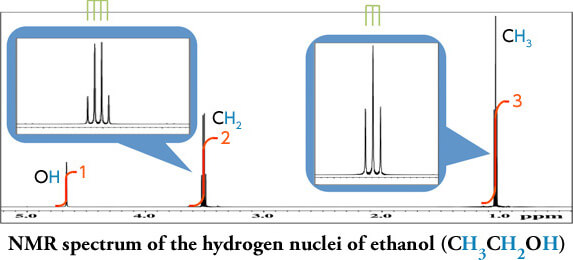
NMR application fields

Analysis of Molecular Structure and Identification of Unknown Chemical Substance
A very wide range of applications including Organic Chemistry, Inorganic Chemistry, Biochemistry, Pharmaceutical Analysis, New Materials, Petrochemistry, etc.

Quantitative Analysis
Polymer Chemistry, Quality Control of Synthetic Chemicals, Food Chemistry

Relaxation Time (molecular mobility, interatomic distance)
Relaxation Time (molecular mobility, interatomic distance)

Diffusion Coefficient (molecular weight, conformation of polymer)
Organic Chemistry, Polymer Chemistry

Analysis of Mixtures
Food Chemistry, Biochemistry, Physiology
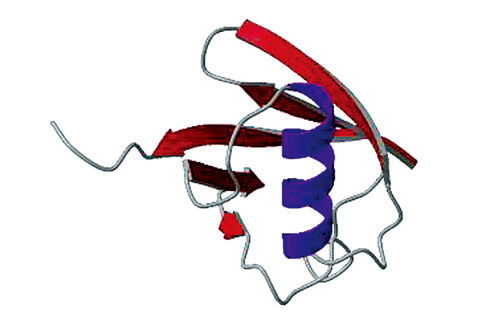
Dynamics (chemical reaction speed, identification of binding site, interaction)
Organic Chemistry, Inorganic Chemistry, Biochemistry
JEOL NMR Spectrometers
The ECZ Luminous (JNM-ECZL series) is an FT NMR spectrometer equipped with state-of-the-art digital and high frequency technology. The Smart Transceiver System, a high-speed, high-precision digital high-frequency control circuit, enables further miniaturization and high reliability of the spectrometer. It is capable of high-field and solid-state NMR measurements while maintaining the size of a conventional low-field solution NMR system.
With the new Multi Frequency Drive System one can run multi-nuclei pulse trains on a single physical RF channel. This allows to run modern complex NMR experiments on a spectrometer with very simple configuration.
This series is regularly offered for spectrometers of all NMR frequencies that are manufactured by JEOL.
To Learn More please visit our ECZL NMR Product Page.
Source: Jeol
